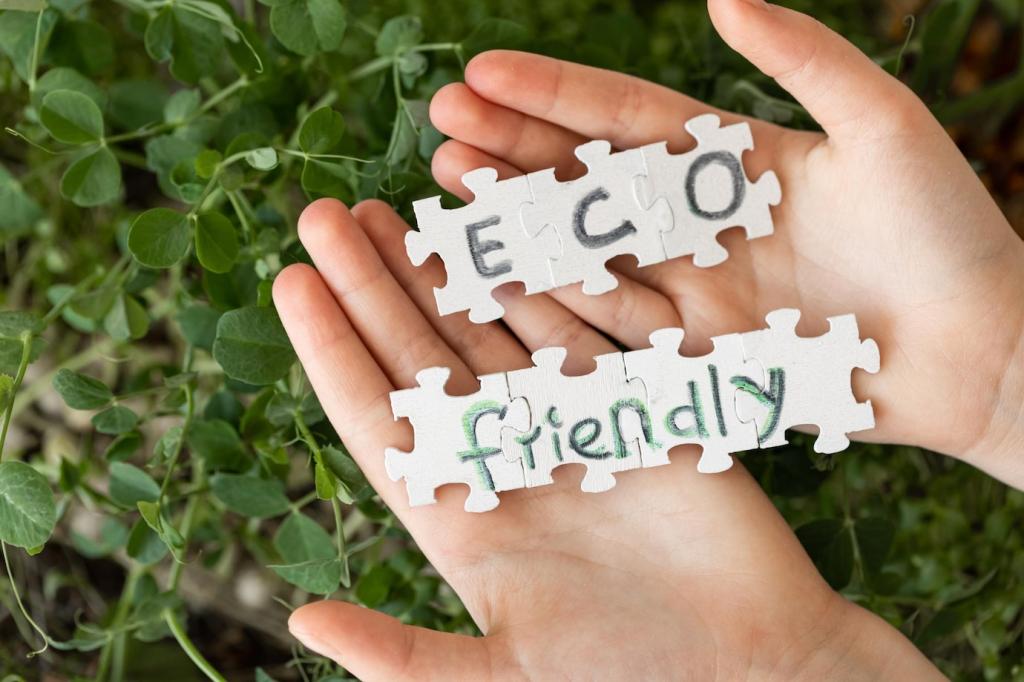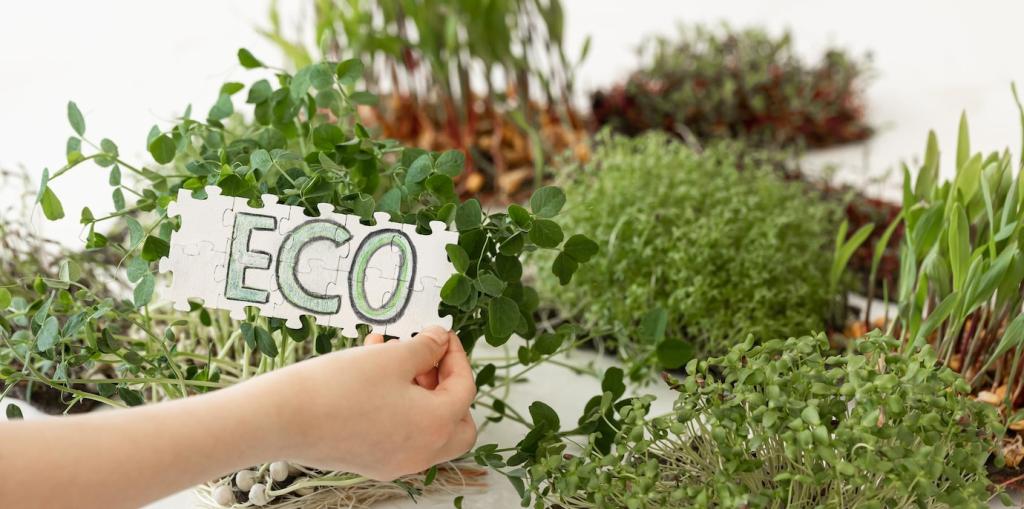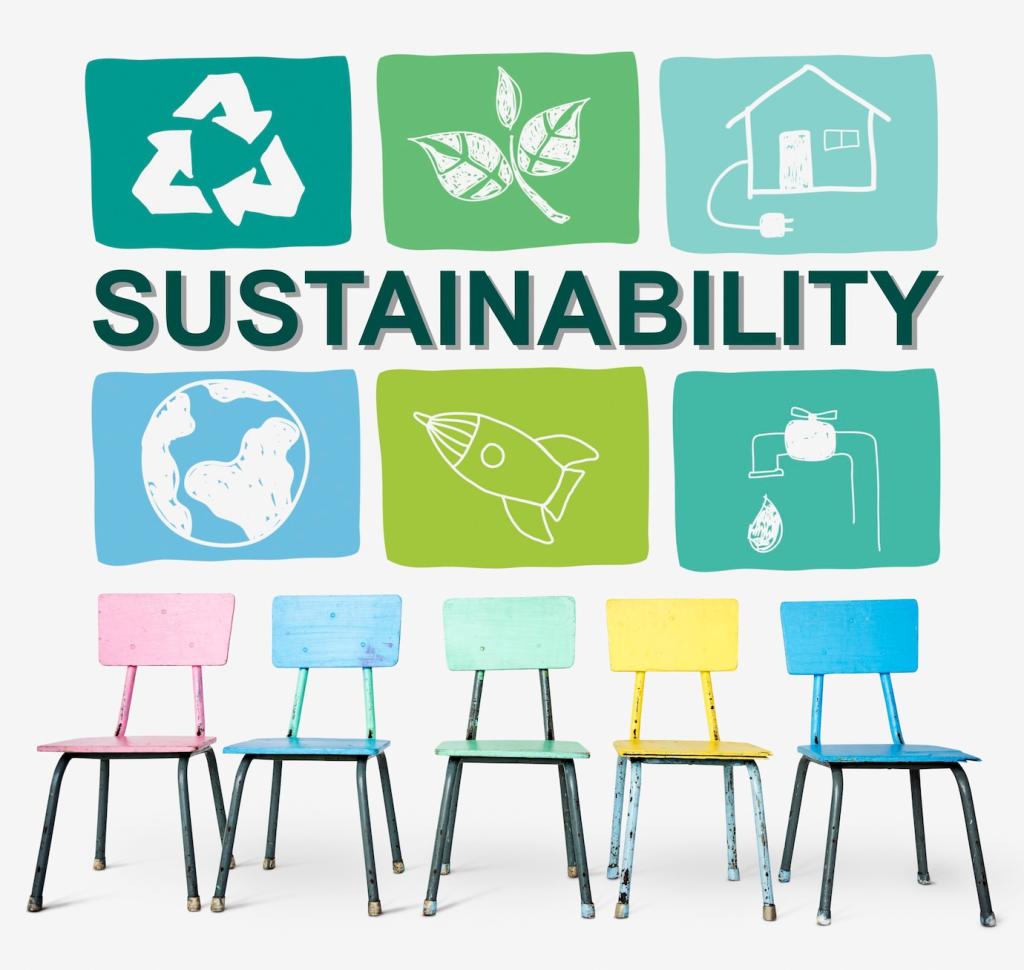What Makes a Varnish Truly Non-Toxic?
Non-toxic varnishing techniques start with accurate labels: check VOC content in grams per liter, look for Greenguard Gold, EU Ecolabel, or EN 71-3 toy safety claims, and read Safety Data Sheets. Certifications do not replace good practice, but they offer credible, third-party assurance about emissions, ingredients, and long-term indoor air quality.
What Makes a Varnish Truly Non-Toxic?
Modern non-toxic varnishing techniques often feature waterborne polyurethane dispersions, acrylics, dewaxed shellac in ethanol, and plant-derived resins. Water is the main carrier, dramatically reducing solvent load. When fully cured, many of these finishes become food-contact safe, provided manufacturers specify compliance and you follow recommended film thickness and cure time.




